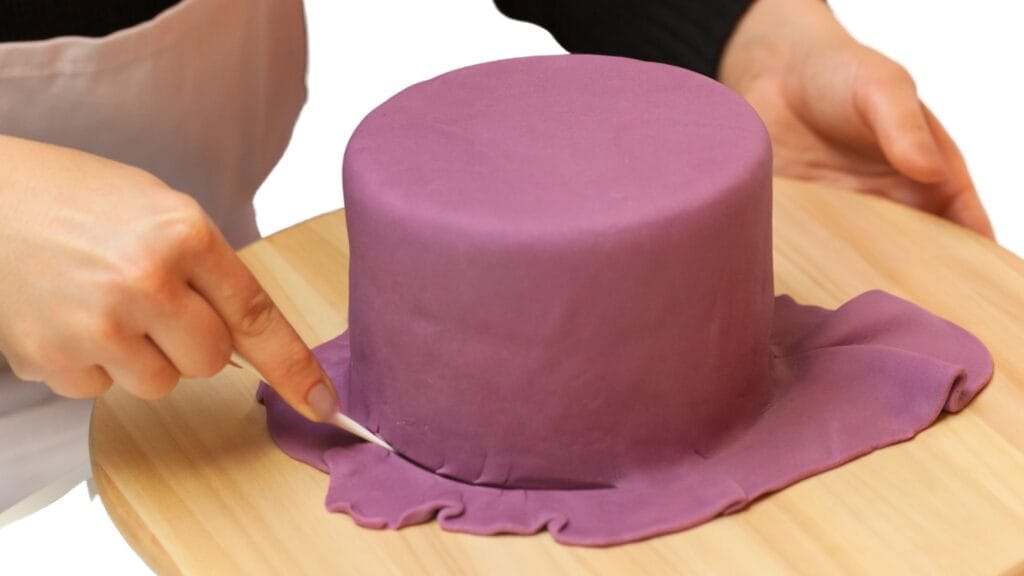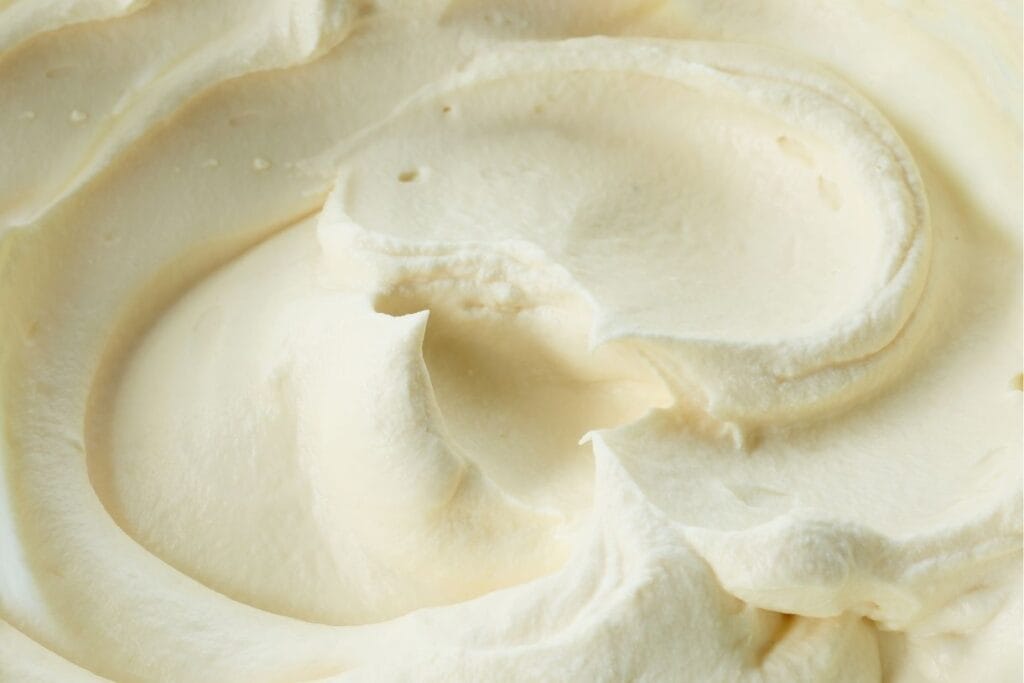What Is Sugar Paste and Why Is It Popular?
The Ultimate Guide to Choosing and Using Sugar Paste
Sugar paste, also known as fondant, is a versatile product widely used in cake decoration. But what exactly is it? Sugar paste is a malleable mixture typically made from sugar, glucose syrup, water, and oils (often vegetable or palm). It also contains additives, preservatives, and flavorings, which vary depending on the manufacturer and country.
Historically, sugar paste traces its origins back to 17th-century France, where it was used to craft ornate flowers and decorative displays for affluent households. Though its popularity waned for some time, it was revived by Anglo-Saxon bakers and has since become a staple in modern cake design, enabling bakers to create artistic and intricate designs.
What Types of Sugar Paste Are Available?
How Do You Choose the Right Sugar Paste for Your Needs?
There are several types of sugar paste, each suited to different purposes. Here are the main varieties:
- Covering Sugar Paste
- Ideal for covering cakes entirely or partially.
- Requires a soft texture for easy malleability, good elasticity to prevent cracks, and firmness to avoid imperfections like fingerprints or creases.
- Modelling Paste (Gumpaste)
- Best for creating characters, objects, and flowers.
- Enhanced with Tylose or CMC to increase firmness and durability.
- Requires 24-48 hours to dry fully, though humidity may extend this time.
- Flower Paste
- Specifically designed for crafting delicate floral decorations.
- Can be rolled out paper-thin for a realistic appearance.
- Coloured Sugar Paste
- Pre-colored or tinted with gel or paste dyes.
- Perfect for achieving specific hues without compromising texture.
- Sugar Paste on a Roll
- Pre-rolled and ready to use, simplifying the decorating process.
- Can be applied directly or used with cutters for custom shapes.
- Flavoured Sugar Paste
- Infused with flavors like chocolate or lemon for added appeal.
- Tropical Sugar Paste
- Designed for hot and humid climates.
- Resistant to thermal shocks and refrigeration, making it ideal for challenging conditions.


How Should You Store and Handle Sugar Paste?
What Are the Key Tips for Proper Storage?
To maintain the quality of your sugar paste:
- Store it in airtight packaging away from light and humidity.
- Do not freeze sugar paste.
- Wrap any leftover paste in cling film and seal it in an airtight container to prevent drying.
How Can You Color Sugar Paste Correctly?
If you’re coloring your sugar paste:
- Use gel or paste coloring agents to preserve the texture.
- Avoid liquid dyes, which can make the paste too soft.
- Let the colored paste rest for an hour to allow pigments to set.
- Dark shades like black, red, or blue are challenging to achieve from scratch—pre-colored options can save time.
Can You Transform Sugar Paste Into Modelling Paste?
Yes! To do so:
- Add a teaspoon of CMC-Tylose to your sugar paste.
- Knead thoroughly, then let it rest for two hours.
- Knead again before use to achieve flexibility.


What Are Common Myths About Sugar Paste?
Is Sugar Paste Unappetizing?
Taste preferences vary, but sugar paste can be enjoyable, especially when spread thinly or flavored. Children often love its sweetness.
Can You Refrigerate a Cake Covered in Sugar Paste?
Yes! Opt for tropical sugar pastes designed to handle moisture and temperature changes. Note that condensation, or “sweating,” may occur due to thermal shock. Allow the cake to dry naturally before handling.
Is Icing Sugar Harmful to Use with Sugar Paste?
Contrary to belief, icing sugar can be helpful. Lightly dust your work surface to prevent sticking. Avoid overuse, as excess sugar can dry out the paste. If this happens, knead in a bit of vegetable fat to restore its consistency.


How Can You Adapt Sugar Paste to Your Environment?
What Role Does Temperature Play?
The workability of sugar paste depends on its temperature:
- Soft pastes are easier to handle in cooler settings (below 20°C).
- Tropical pastes thrive at room temperature (above 20°C).
How Does Hand Temperature Affect Sugar Paste?
Individuals with warm hands may find sugar paste sticks more readily. In such cases:
- Work in a cool environment.
- Use gloves or cool your hands before handling the paste.
Why Should You Consider PMF Sugar Paste for Your Creations?
PMF offers a diverse range of sugar pastes tailored to meet the needs of wholesalers, food distributors, and businesses in the food industry. Our products are designed to deliver consistent quality, whether you’re crafting delicate flowers, robust figures, or vibrant cake coverings. As a trusted supplier of pastry materials, PMF ensures reliability and excellence in every batch. Explore our options to discover the perfect solution for your business.
What’s the Best Way to Find the Right Sugar Paste?
Should You Rely on a Single Brand?
The short answer is no. Experimenting with different brands will help you find the best fit for various applications. For example:
- A soft paste for covering.
- A tropical paste for refrigeration and heat resistance.
- A firmer paste for intricate decorations.
How Can Testing Improve Your Skills?
Testing multiple options allows you to identify which sugar pastes align with your working style, environmental conditions, and project requirements. Over time, you’ll develop a personalized toolkit of sugar pastes for every occasion.
In Conclusion: How Can PMF Support Your Needs?
At PMF, we understand the art and science of sugar paste. Whether you’re navigating seasonal changes, exploring new techniques, or scaling up for business success, our products are designed to adapt. Choose PMF for quality, versatility, and a partner dedicated to your pastry pursuits.



